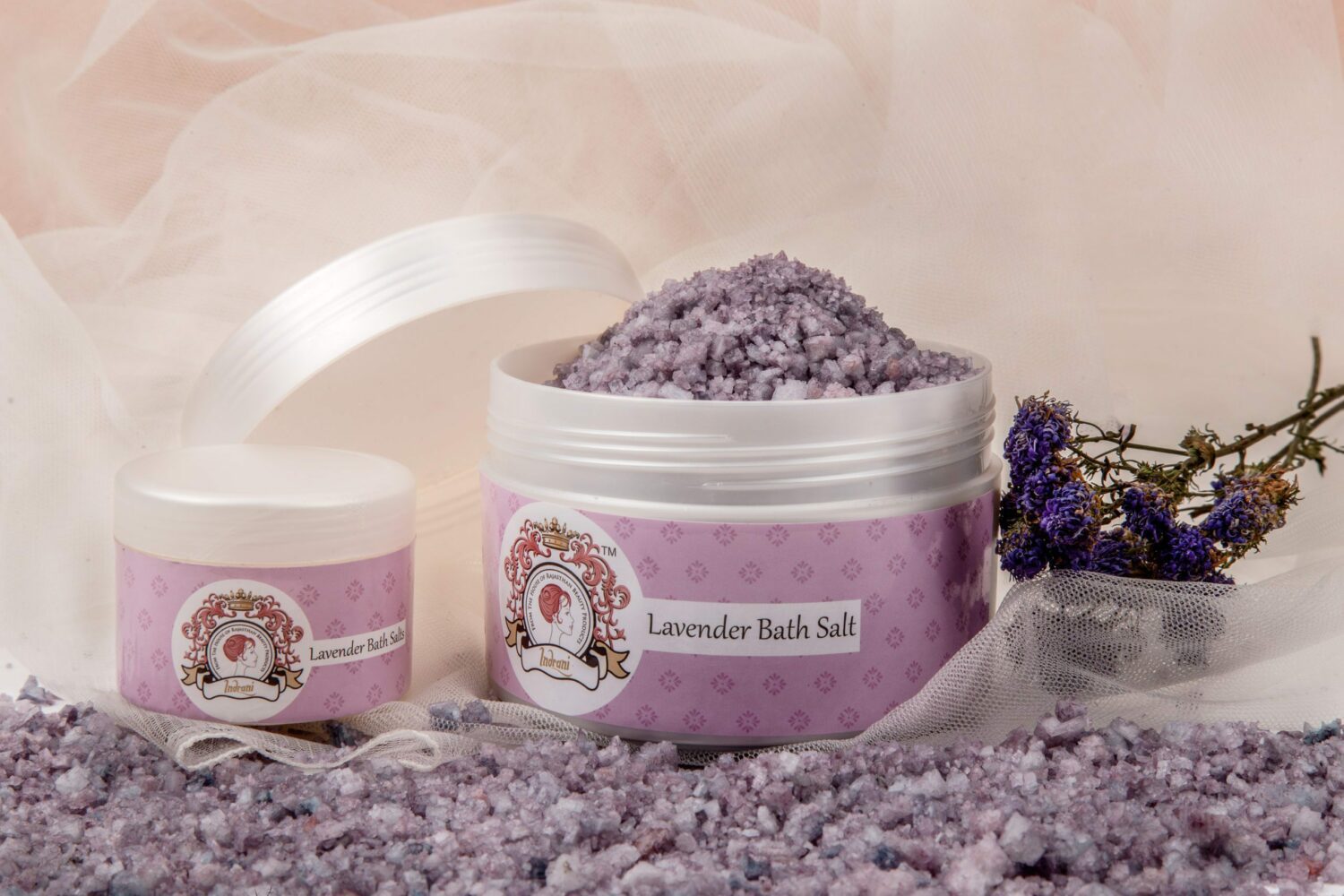As the nine-day celebrations get underway, here is a list of the colours associated with each day and their significance.

Wearing the colours of the days provides serenity and harmony into your life, making you feel devoted and peaceful.
The first day of Navratri begins with the colour orange, which is bright and energetic. The colour is associated with vitality and happiness. Mata Shailputri, the Hindu Goddess of the Mountains, also known as Parvati, Bhavani, and Hemavati, is celebrated on this day. With two hands and a crescent moon on her forehead, the goddess Shailputri is represented.

Day 2
This Navratri day is white in colour.
Brahmacharini, the Goddess, is honoured on this day. Purity, peace, and meditation are associated with the color white. Mata Brahmacharini, too, is dressed in white and holds a rosary in one hand and a Kamandala in the other. She is a symbol of knowledge and faithfulness. This goddess embodies love to the fullest extent possible.
Day 3
People wear red on this day because it is the colour of beauty and bravery. Goddess Chandraganta is honoured on this day, and she bestows her bravery, grace, and courage upon all who follow her.
Day 4
Royal blue is the colour of the fourth day of Navratri.
The colour represents happiness and good health. Goddess Kushmanda is commemorated on this day. Ashtabhuja Devi is the name given to Goddess Kushmanda because she has eight hands.
Day 5
It is a yellow-colored day. The colour is associated with joy and vitality. Goddess Skandmata, who is also known as Lord Kartikey’s or Skanda’s mother, is worshipped on this day.
Day 6
The colour green is associated with new beginnings and expansion. On this day, Hindus honour Goddess Katyayani, who is revered as the slayer of Mahisasura, the oppressive demon.
Day 7
This day’s colour is grey, which represents the power of transformation. On this day, Hindus honour Goddess Kalaratri. All demons, negative energy, evil spirits, and ghosts are said to be destroyed by the goddess. The goddess is also known as Shubankari since it is believed that she always bestows good fortune on her believers.
Day 8
Kanjak is the eighth day of Navratri. The day is commemorated by feeding tiny girls who are thought to be the goddess’s avatars. The Purple colour represents the power of intellect as well as calm. On this day, Goddess Mahagauri is worshipped, who has the capacity to grant all of her followers’ wishes. It is stated that anyone who worships this goddess receives healing from all of life’s hardships.
Day 9
Peacock green is the ninth Navratri colour.
The ninth day of the Navratri festival is the final day. The day is known as Navami.
This is why the colors of Navratri are so important.

